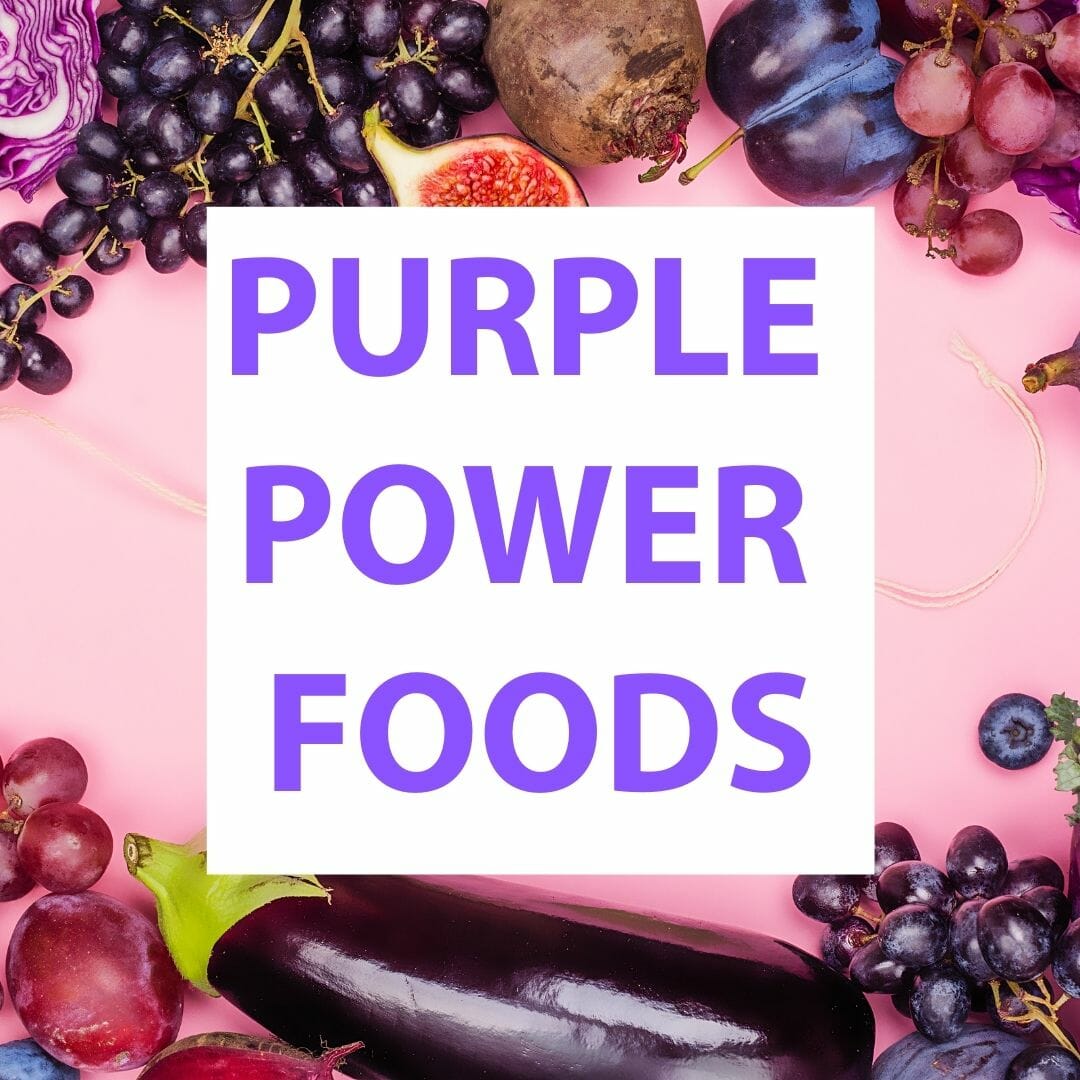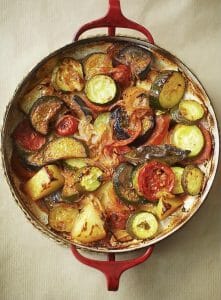Why does everyone keep telling us to eat our greens? But have you heard about the benefits of purple foods. Purple foods contain a flavonoid called anthocyanin which has excited medical experts with its potential to address a range of major health concerns and improve athletic performance. We say include purple foods when you eat the rainbow and benefit.
The benefits of purple foods – try these
Beetroot
Why: Nitrate-rich beetroot boosts stamina – drinking a 500 ml juice has been found to help us exercise longer. It can also increase blood flow and improve performance, lower blood pressure and appears to de-stiffen blood vessels, relieving the workload on the heart.
Eat: Juice it, roast it to bring out the natural sweetness and serve in a salad or with a roast dinner, or slice raw beetroot and pears into fine matchsticks and toss with chopped mint. Dress with lemon and oil and sprinkle with crumbled feta and toasted sunflower seeds. Try this salad, Beetroot & Halloumi salad
Grapes
Why: Purple grapes are high in the antioxidants known to slow or prevent many cancers and reduce the heart failure caused by chronic high blood pressure. They also have good levels of the anti-inflammatories rutin, quercetin and anthocyanin and may help relieve arthritic pain.
Eat: Enjoy fresh grapes, or a glass of red grape juice.
.
Purple carrots
Why: Purple carrots can help alleviate some of the side effects of eating a junk food diet including restoring heart and liver function and reducing blood pressure and abdominal fat.
Eat: Eat purple carrots the same way you would orange ones. Purple carrots can be made into a soup with black cardamom, which is also good for reducing blood pressure.
Plums
Why: If you’re lucky enough to spot Queen Garnett plums in your supermarket, snap them up. Developed in Queensland, this plum has purple flesh all the way through, is deliciously sweet and has up to 10 times more anthocyanin than normal plums. All plums are high in vitamins and potassium and are a low-kilojoule snack.
Eat: Eat raw or poach with cinnamon and freeze to enjoy with Greek yoghurt in winter, when they’re not in season.
Purple potatoes
Why: Just two small helpings of purple potatoes a day can reduce blood pressure and so potentially reduce the risk of heart disease.
Eat: Choose sweet potatoes and regular potatoes with purple skin and/or flesh, and eat the skin too for maximum nutrition.
Red Cabbage
Red cabbage is bursting with 36 anthocyanins and has 10 times more vitamin A and twice as much iron as its green cousin. It may help protect against hypercholesterolemia, which is when you have very high levels of cholesterol due to a poor diet.
Eat: Red cabbage can handle strong flavours: try it braised with apples, star anise and cinnamon, or grate it raw into a coleslaw.
Black Rice
It’s purple when it’s cooked and seems to reduce blood levels of bad cholesterol . It’s also a good source of Antioxidants and Vitamin E with a spoonful of black rice containing the same amount of antioxidants as a spoonful of blueberries.
Eat: It’s the healthiest rice you can eat so service it instead of or mixed with your usual rice. Lots of sushi bars also offer it in sushi rolls. Try this recipe which includes Egg Plant as well for extra purple foods – Tamarind aubergine with black rice & feta
Blackberries
Why: The anthocyanins from blackberries can help fight H Pylori, the bacteria that causes stomach ulcers. This could be because anthocyanin isn’t absorbed by the bloodstream but instead has a beneficial effect on gut microbiota. The intestinal tract harbours thousands of different kinds of bacteria and increasing healthy good bacteria can boost physical and mental health.
Eat: Serve raw with breakfast muesli or poach with apples and cinnamon to make a crumble.
Tart cherries
Why: Sour cherries are linked to reduced risk of stroke, useful in relieving the pain of arthritis and gout and in helping athletes recover faster after workouts. They’re rich in phenolic compounds so have a natural anti-inflammatory effect and may also aid sleep.
Eat: Available in juice form and frozen – let them thaw and mix with yoghurt for breakfast
Blueberries
Why: These little superfoods have potential benefits to short-term memory and motor skills, and just one cup a day could reduce blood pressure and arterial stiffness that lead to heart disease They even show promise as a treatment for post-traumatic stress disorder.
Eat: Keep a selection in the freezer to add to smoothies. They’re very low in kilojoules.




